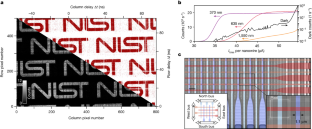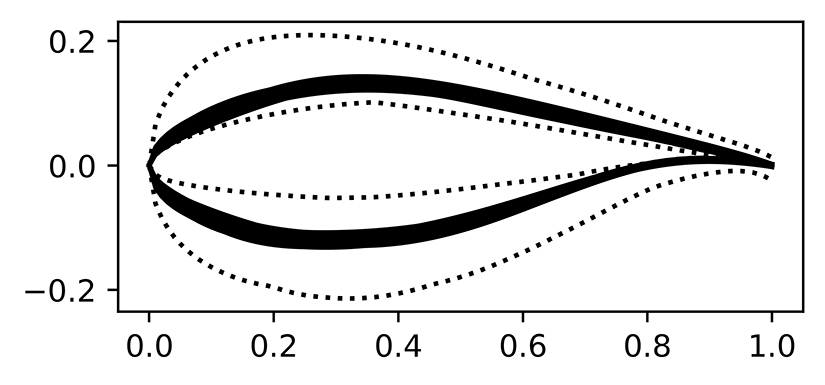2023-10-25 米国国立再生可能エネルギー研究所(NREL)
◆この研究は、太陽電池の「エミッター」層のドーピングとバンドギャップを最適化する方法を提供し、不純物の影響を最小限に抑えることができることを示しています。この研究は、太陽電池の効率向上に寄与し、将来的には低光条件下での遠くの銀河や太陽系外の惑星の撮影、光を測定する光子ベースの量子コンピュータ、およびヒト組織の内部を覗く生体医学研究など、さまざまな用途に適しています。
<関連情報>
- https://www.nrel.gov/news/program/2023/nrel-improvements-boost-efficiency-of-iii-v-solar-cells.html
- https://www.cell.com/cell-reports-physical-science/fulltext/S2666-3864(23)00338-7
III-V族ヘテロ接合太陽電池の性能向上のためのモデリングと設計 Modeling and design of III-V heterojunction solar cells for enhanced performance
Kevin L. Schulte,John Simon,Myles A. Steiner,Aaron J. Ptak,
Cell Reports Physical Science Published:August 24, 2023
DOI:https://doi.org/10.1016/j.xcrp.2023.101541
Highlights
•Computational modeling and experimental testing of rear heterojunction solar cells
•Efficiency is a function of emitter doping and energy band offsets
•Model results inform the development of a 27% efficient GaAs cell grown by HVPE
•Model results developed using III-Vs are potentially applicable to other materials
Summary
Heterojunctions can increase the efficiency of solar cell devices relative to homojunctions, but there is a large parameter space with significant tradeoffs that must be considered. Here, we present an experimental and computational study of III-V heterojunction solar cells and show how the emitter doping, emitter band gap, and heteroband offsets impact device efficiency. Efficiency is maximized by pushing the junction depletion region into the wider band gap material while minimizing the effects of heteroband offsets through optimized choice of emitter band gap, emitter electron affinity, and/or emitter doping density. We use these results to guide optimization of devices grown by halide vapor phase epitaxy, achieving 27% efficiency in a GaAs/GaInPAs heterojunction device. We also show that heterojunctions yield proportionally larger efficiency improvements in lower-quality materials. Although the modeling was developed and validated using III-V materials, the results are theoretically applicable to materials systems outside III-Vs.
Graphical abstract




